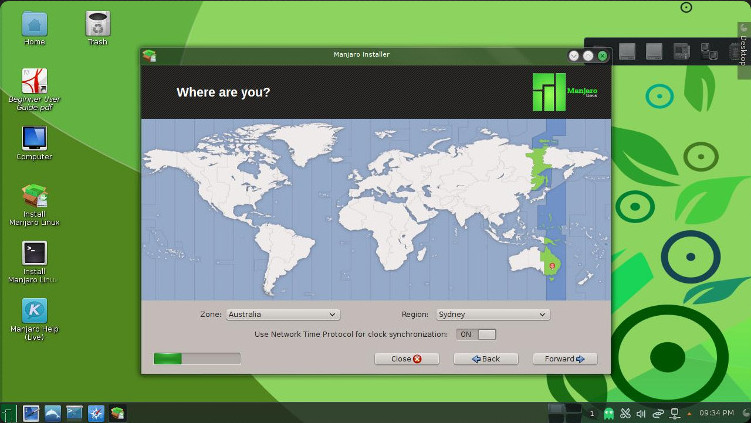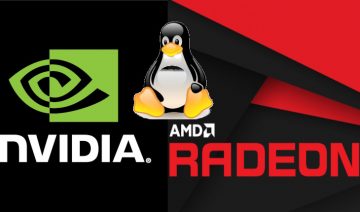Ready? let’s begin:
5. Ubuntu
It’s not a top Linux distros list without including Ubuntu inside it, this year, just as in the past few years that preceded this date, Ubuntu is still one of my top 5 Linux distributions picks.
The reasons behind this are as follows: Ubuntu is a unique kind of Linux distribution that offers its own self-developed user-interface – Unity shell.
Furthermore, Canonical (the company behind Ubuntu) is also working on running the distro on mobile devices such as – smartphones and tablets.
And as if that’s not enough there’s also an ongoing effort to create its own display server from scratch (instead of Xorg), called Mir (which should soon see a stable release, according to estimations).
For all the reasons mentioned above and more, Ubuntu certainly deserves to be ranked in the top 5 Linux distros list, however, not everything is sunshine and roses in Ubuntu,
Some may argue that all of its simultaneous various efforts yields a less compelling desktop / laptop distribution since not all of its resources are turned towards those platforms, thus its performance can be better.
For more info on the latest version of Ubuntu see – Ubuntu Trusty Tahr, So what’s new?
4. Arch
Yet another distro which undoubtedly deserves a place in this top 5 list is Arch Linux which earned its place by being a “bleeding-edge”, highly customizable, “do it yourself” (DIY) type of distro.
Arch has a KISS (Keep It Simple Stupid) philosophy combined with a rolling release model meaning you only need to install it once and then enjoy the latest versions of… everything! just by regularly updating your system.
Besides having all the ‘latest and greatest’ arch is also highly customizable as well, if you’re a newby to Linux you might say that all Linux distros are highly customizable, and that’s true when comparing to other OSs such as Windows or OS X.
However, inside the Linux family there are also certain degrees of customizability and arch is ranked highly there too. The reason for this is because arch is DIY type of distro which lets you, the user, put together all the parts which comprising your distro.
That said, you should be aware of that Arch is an intermediate / advanced users oriented distro, in order to do things yourself, you first need to learn how to do, and that’s the kind of knowledge which you have only if you’re already passed the beginners stage.
3. Manjaro
Although it’s ranked 3rd on the list, there’s actually not much to say about Manjaro Linux, as a matter of fact most of its primary points have already been covered by the paragraph above.
That’s because Manjaro is a derivative of Arch Linux (in case you didn’t know) and as such, it also inherited its main features.
Nevertheless, one characteristic that wasn’t passed to Manjaro inheritably, is Arch’s level of knowledge needed to install / operate the system, since that’s what Manjaro is all about – bringing Arch to beginners!
Most people will see Manjaro’s user-friendliness as a virtue, since it removes the learning barrier from the Arch aspiring user. However, this friendliness doesn’t come without its price;
Although, a Manjaro user now gains accessibility to an Arch based distro, the other side of the coin is – (usually) lacking the knowledge of how to utilize the power of Arch’s customizability (and that’s something you should consider too).











